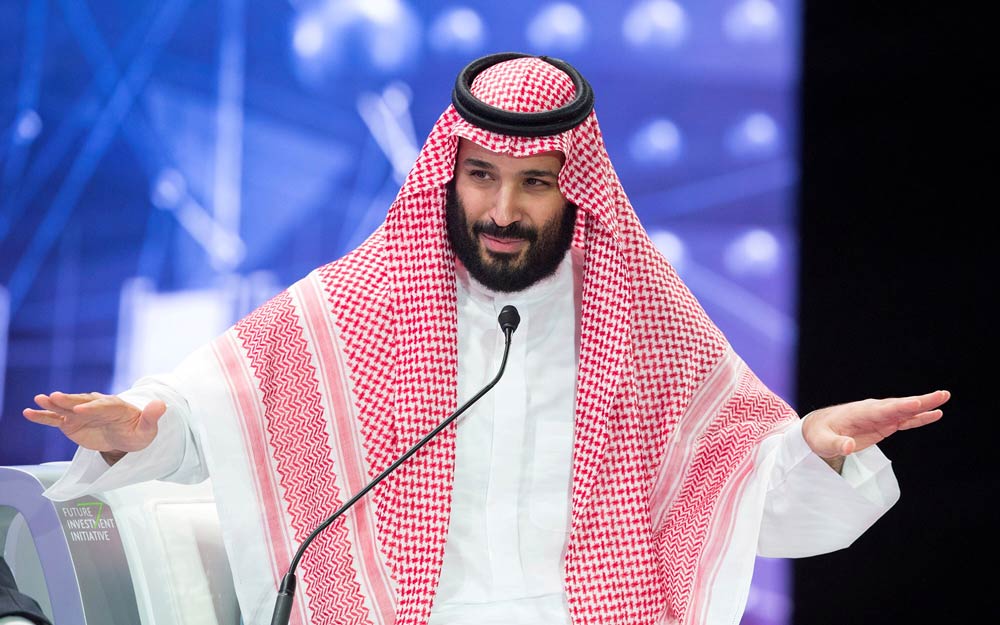Saudi Arabia has captured the world’s attention with its ambitious Vision 2030 plan, a transformative initiative aimed at diversifying its oil-reliant economy and positioning the kingdom as a global hub for innovation, tourism, and technology. At the heart of this vision lies Neom, a $1.5 trillion mega-project featuring futuristic developments like “The Line,” a 106-mile-long twin skyscraper city. However, as global economic conditions shift and oil revenues fluctuate, questions are emerging about whether Saudi Arabia can sustain its monumental spending trajectory.
The Scale of Saudi Arabia’s Ambition
Neom is one of the most ambitious construction projects in history. Crown Prince Mohammed bin Salman envisions it as a revolutionary urban center designed to house 9 million people, featuring sustainable technologies and cutting-edge infrastructure. “The Line,” for example, will include high-speed rail, AI-driven solutions, and eco-friendly systems—all enclosed within towering glass walls stretching across the desert.
The kingdom has already invested tens of billions of dollars into Neom and other initiatives under Vision 2030. Saudi Arabia’s Public Investment Fund (PIF), which oversees $925 billion in assets, has been central to this effort, channeling resources into both domestic projects and global investments.
A Shift in Spending Strategy
Despite the grandeur, recent developments reflect a more cautious approach. Saudi Arabia has begun prioritizing domestic investments over foreign ventures and is reportedly scaling back certain aspects of its mega-projects. For example, “The Line” has reduced its initial construction target to just 1.5 miles, though officials insist the full 106-mile goal remains intact. Similarly, population targets for 2030 have been revised down to less than 300,000 from the original 1.5 million.
This pivot comes amid a widening fiscal deficit. After enjoying a $27.68 billion surplus in 2022, the kingdom swung to a $21.6 billion deficit in 2023 due to increased public spending and reduced oil production as part of OPEC+ agreements. The government projects another deficit of $21.1 billion for 2024.
The Sustainability Question
The sheer scale of Saudi Arabia’s projects has raised concerns among analysts. Andrew Leber, a political economy researcher at Tulane University, argues that the current pace of spending is unsustainable. He predicts that “a number of projects will be quietly shelved” as the government adjusts to economic realities.
On the other hand, Saudi officials maintain confidence in their fiscal position. Finance Minister Mohammed Al-Jadaan highlighted the kingdom’s growing non-oil revenues, which now cover 37% of expenditures, as evidence of diversification. He emphasized that Saudi Arabia’s substantial foreign currency reserves—$456.97 billion as of September 2024—and its ability to issue bonds provide a strong foundation for continued investment.
“We are not going to blink,” Al-Jadaan told CNBC, adding that the government remains committed to its long-term goals despite challenges.
Balancing Mega-Projects with Everyday Needs
Critics argue that Saudi Arabia’s focus on futuristic mega-projects may come at the expense of more immediate priorities. Tarik Solomon, chairman emeritus of the American Chamber of Commerce in Saudi Arabia, pointed out the need for improvements in public infrastructure like transportation, schools, and healthcare. “The road to resilience isn’t in figuring out ski slopes in the desert but in building with innovation and the courage to pursue what’s truly impactful,” he said.
The Path Forward
Saudi Arabia’s Vision 2030 represents a bold effort to redefine the kingdom’s economic and social landscape. While its mega-projects symbolize ambition and innovation, they also highlight the complexities of balancing fiscal discipline with transformative goals. As global oil demand remains uncertain and economic pressures mount, the kingdom may need to recalibrate its approach to ensure that its vision remains both achievable and sustainable.











